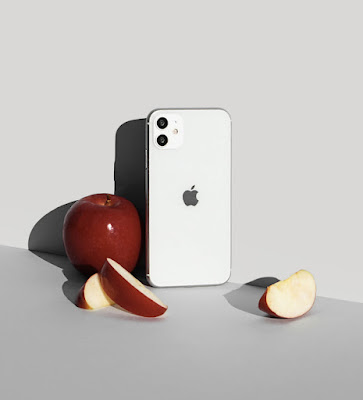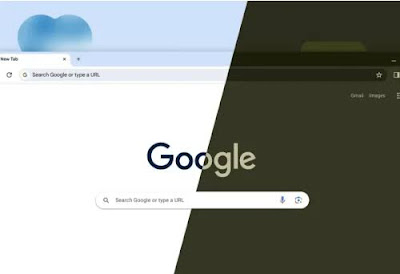Mercedes-Benz's CEO stated in an episode of Decoder that the German automaker has no intentions to implement Apple's immersive, next-generation CarPlay system. In response to a question on whether Mercedes-Benz will allow Apple CarPlay to take over all of the screens inside its cars, Ola Källenius said "The short answer is no." Rather, he emphasizes the necessity of a "holistic software architecture" in order to satisfy consumers who are demanding more and more technological sophistication from their cars.
In 2022, Apple unveiled CarPlay's next generation, which will allow users to reflect their phones on panels other than the center touchscreen, such as the gauge cluster. It was a daring move, as Apple indicated that it wanted to operate the speedometer, odometer, and other vital automotive systems. Since then, however, no manufacturing model has incorporated the updated CarPlay. It was announced last year that Aston Martin and Porsche will be among the first businesses to use the new immersive display.
However, Mercedes doesn't seem to be in a rush to follow its competitors in the luxury vehicle market by allowing Apple to control the in-car experience for its patrons. Rather, Källenius stated that the business is closely collaborating with Google, Apple's primary rival, to develop a new navigation tool that would expand upon Google Maps. The primary distinction is in the significant involvement of Mercedes' in-house engineering team in the process.
Despite those in the auto sector shifting away from them, Källenius said he still sees value in providing phone-mirroring services to his clients and has no intentions to stop using them. With the controversial decision to forbid Apple CarPlay and Android Auto from its next range of electric cars last year, General Motors said that the business could offer a more complete software experience than what is available on a user's phone.
Despite opposition from some in the auto industry, Källenius stated he still sees value in providing phone-mirroring services to his clients and has no intentions to stop using them. In an attempt to offer a more complete software experience than what can be found on a phone, General Motors controversially decided to forbid Apple CarPlay and Android Auto from being installed in its next range of electrified vehicles last year. Källenius stated, "We're not fundamentalists to say, for some reason, we're not going to allow a customer to use Apple CarPlay if that it their choice." We now have Apple CarPlay, then. Android Auto is available to us. Should you find that using some of the features is more convenient for you, you can get that too.


.jpeg)










.jpeg)

.jpeg)
.jpeg)
















